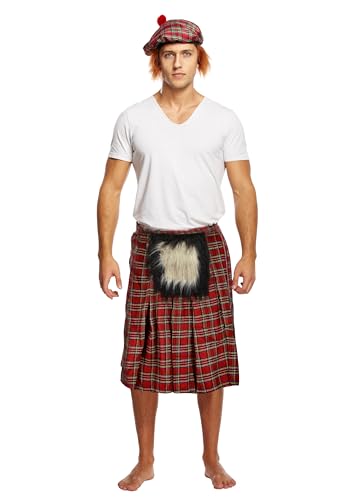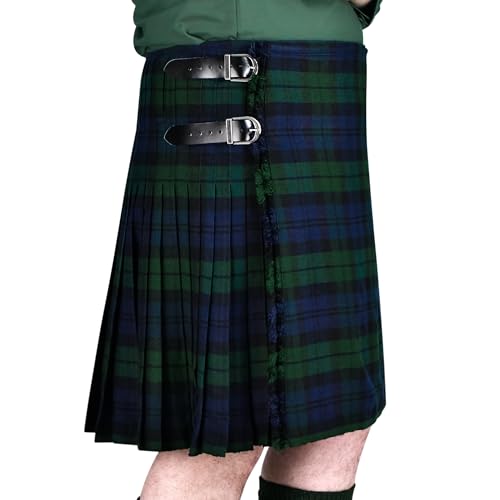The Origins of the Kilt
The kilt is a traditional Scottish garment that has been worn for centuries. However, the modern kilt that we see today did not come into existence until the 18th century. Prior to this, the Highlanders wore a garment called a “féileadh mòr,” which was essentially a large piece of cloth that was draped over the body and fastened at the waist with a belt.
The Introduction of the Modern Kilt
The modern kilt was introduced in the early 18th century by an Englishman named Thomas Rawlinson. Rawlinson was a businessman who saw the economic potential of the wool industry in the Scottish Highlands, but he recognized that the traditional féileadh mòr was not practical for everyday wear. He hired William Wilson, a weaver from Bannockburn, to create a new garment that would be more comfortable and easier to wear.
The Evolution of the Modern Kilt
Over time, the design of the modern kilt continued to evolve. The original version had a different type of pleating and was made from a heavier wool, which made it more suitable for outdoor wear. In the late 19th century, the kilt became more fashionable, and tartans were introduced as a way of identifying clans and families. Today, there are hundreds of different tartans available, each with its own unique history and symbolism.
The Kilt Today
Today, the kilt is still a popular garment in Scotland and is worn for formal occasions such as weddings, graduations and other ceremonies. It is also a popular choice for those in the Scottish diaspora who wish to reconnect with their cultural heritage. There are many different styles of kilts available, from the traditional to the more modern and contemporary. Despite the changes in style, the kilt remains a symbol of Scotland and its rich cultural history.
The Future of the Kilt
As with any cultural tradition, the future of the kilt is uncertain. However, there are many organizations dedicated to preserving and promoting Scottish heritage, and there is a growing interest in traditional crafts and textiles. It is likely that the kilt will continue to be worn and celebrated for many years to come, as a symbol of Scotland’s proud and unique history.





![The Dragons Den Adults Tartan Kilt With Sporran Scotsman Scottish Scotland Patriotic Fancy Dress Costume Accessory [L-XL]](https://m.media-amazon.com/images/I/51VAUbEnCwL.jpg)
